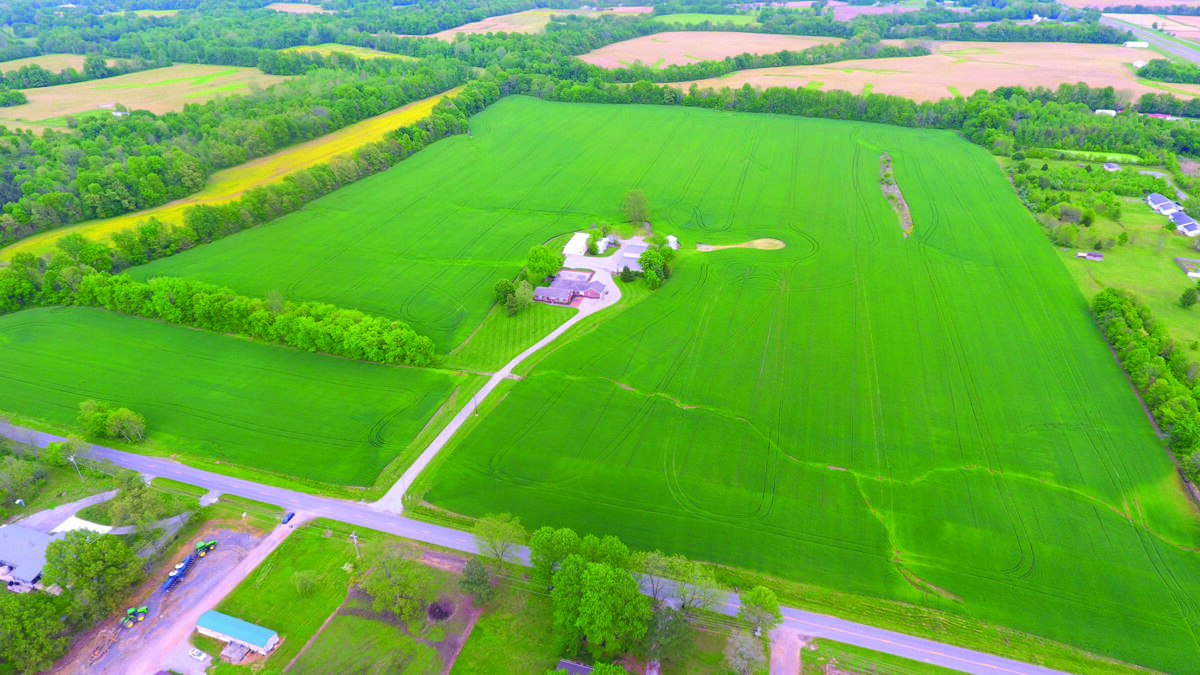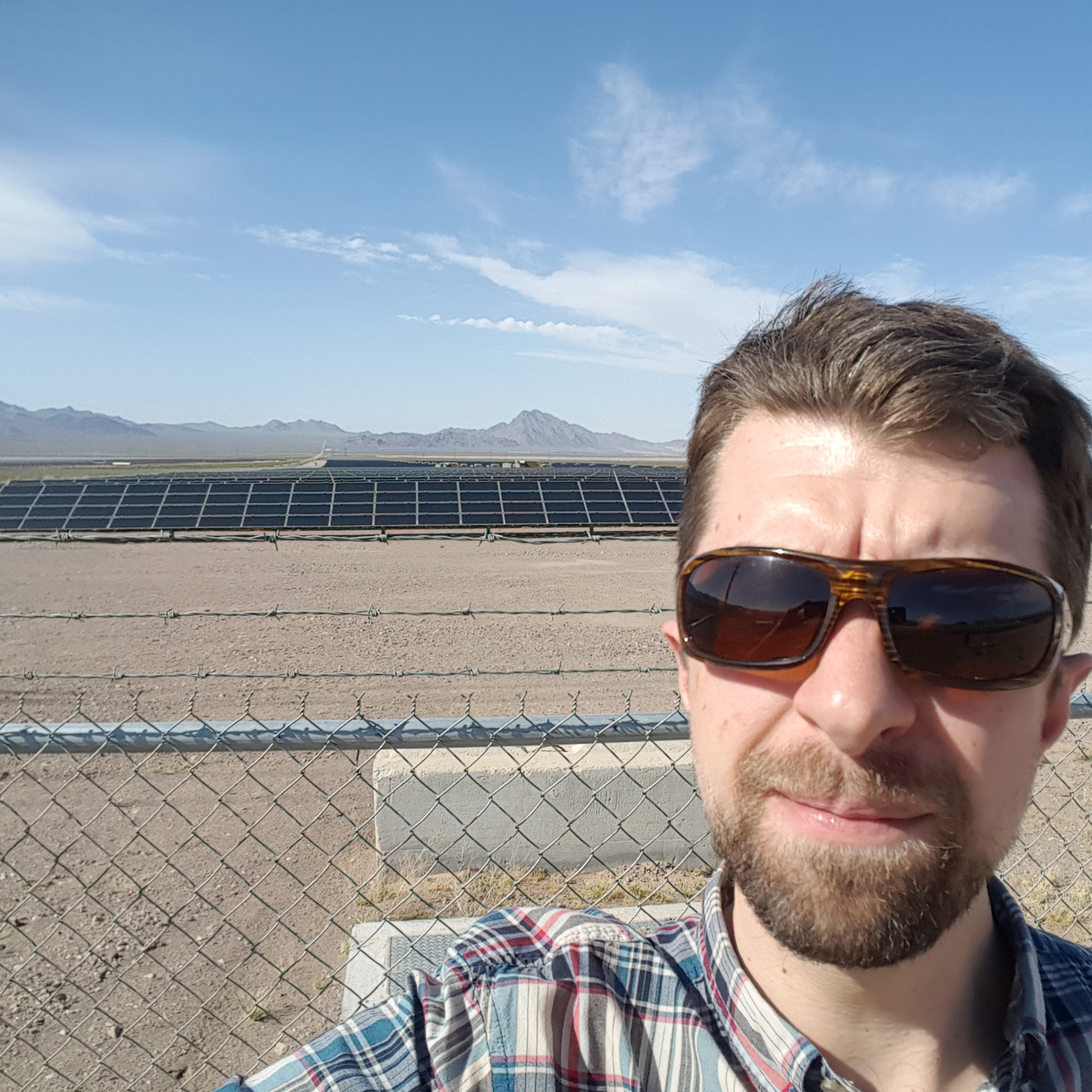In 1954, Elvis Presley added a rockabilly swagger to the bluegrass ballad, “Blue Moon of Kentucky.” The many renditions of the Bill Monroe country staple carried a sense that the unexpected was right around the corner.
In a similar fashion and location, BrightNight, a utility-scale renewable energy developer, has set out to deploy 2 GW of solar projects across the Bluegrass State of Kentucky, where coal has historically been king.
The Florida-based developer recently signed long-term power purchase agreements with utilities Louisville Gas & Electric Company and Kentucky Utilities for Gage Solar, a 115 MW project in Ballard County, Ky. The utility project has a target timeframe of commissioning in 2026.
Gage Solar is BrightNight’s second PPA with the two Kentucky investor-owned utilities, with a previous PPA signed in 2021 for the Ragland Solar project, a 125 MW project in development in McCracken County, Ky., overlooking the Ohio River border with Illinois near Paducah, Ky.
“LG&E and KU are clear leaders in developing multiple sources of energy,” said Martin Hermann, chief executive officer of BrightNight. “We are working together to meet the need for more power in Kentucky, as legacy generating assets are retired and demand grows – and we are doing it in a sustainable way.”

Along with the utilities’ parent company PPL, the offtakers have adopted a goal to reduce carbon dioxide and other greenhouse gas emissions across their business operations to net zero by 2050, with interim targets of a 70% reduction from 2010 levels by 2035, and an 80% reduction by 2040.
According to a PPL investor presentation, the Kentucky utilities are retiring 300 MW of coal generating capacity in 2024, followed by an additional 297 MW and 897 MW in 2027 and 2028, respectively. Over the next five years, the utilities have committed to adding 637 MW of solar PPA assets, 240 MW of solar owned resources, and 125 MW of energy storage deployments. A remaining 1.24 GW buffer to displace the curtailed coal generation (1.49 GW) will be filled with combined cycle gas turbine generation as part of the utilities’ five-year capital budget spend of $2.1 billion to replace its coal fleet with clean energy.
With the current portfolio across Kentucky, the estimated total statewide investment impact from BrightNight construction of its 2 GW portfolio is estimated at over $400 million dollars and will generate significant tax revenues for the state and localities.
The constructed renewable energy infrastructure will serve as a nexus for economic development. The company is also investing in the communities it will serve, providing educational and emergency assistance programs.
Agrivoltaics in coal country
The Gage Solar project is also located in western Kentucky and is exploring agrivoltaic solutions on site. The project solutions support local farms in parallel with its energy production.
Agrivoltaics is the practice of dual use solar and agriculture on the same land area. Although this land use system is still relatively new and limited in scope in the U.S., it’s generating interest among farmers, officials and solar developers alike.
“Being a good neighbor is a critical part of our work in bringing these projects to communities across Kentucky,” said Hermann. “Ballard County has been a collaborative partner helping shape the project that will meet our customer’s needs and the community’s preferences.”
Russell Wilkerson, chief communications officer at BrightNight told pv magazine USA that the developer is evaluating the use of both sheep grazing and bee pollinator habitats at the Kentucky solar sites. The developer also has a screening technology to blend the project in with the landscape, he added.
In a letter to the Kentucky State Board on Electric Generation and Transmission Siting, the Ballard Industrial Development Authority wrote, “We look forward to the success of these projects and the benefits they will provide and we [Ballard County] wish to become a leader for renewable energy in the Commonwealth of Kentucky.”
In a 2022 Kentucky agrivoltaics briefing by the American Farmland Trust, the non-profit farming agency addresses opponents of solar on rural farmsteads. Citing data from the National Renewable Energy Lab, an expert from the Kentucky Office of Energy Policy said that under average scenarios, solar is predicted to impact only about 1% of the state’s 12 million acres of farmland. They acknowledged that if solar development is concentrated in certain areas—say, on farmland with premium siting characteristics close to transmission infrastructure—some counties and regions will see a disproportionate impact.
Headquartered in Inlet Beach, Florida, BrightNight is a utility solar, wind and storage developer backed by Global Infrastructure Partners, an infrastructure investor. The company develops projects in excess of 200 MW and currently has about 2.5 GW of active projects under development in the U.S.
This content is protected by copyright and may not be reused. If you want to cooperate with us and would like to reuse some of our content, please contact: editors@pv-magazine.com.









By submitting this form you agree to pv magazine using your data for the purposes of publishing your comment.
Your personal data will only be disclosed or otherwise transmitted to third parties for the purposes of spam filtering or if this is necessary for technical maintenance of the website. Any other transfer to third parties will not take place unless this is justified on the basis of applicable data protection regulations or if pv magazine is legally obliged to do so.
You may revoke this consent at any time with effect for the future, in which case your personal data will be deleted immediately. Otherwise, your data will be deleted if pv magazine has processed your request or the purpose of data storage is fulfilled.
Further information on data privacy can be found in our Data Protection Policy.